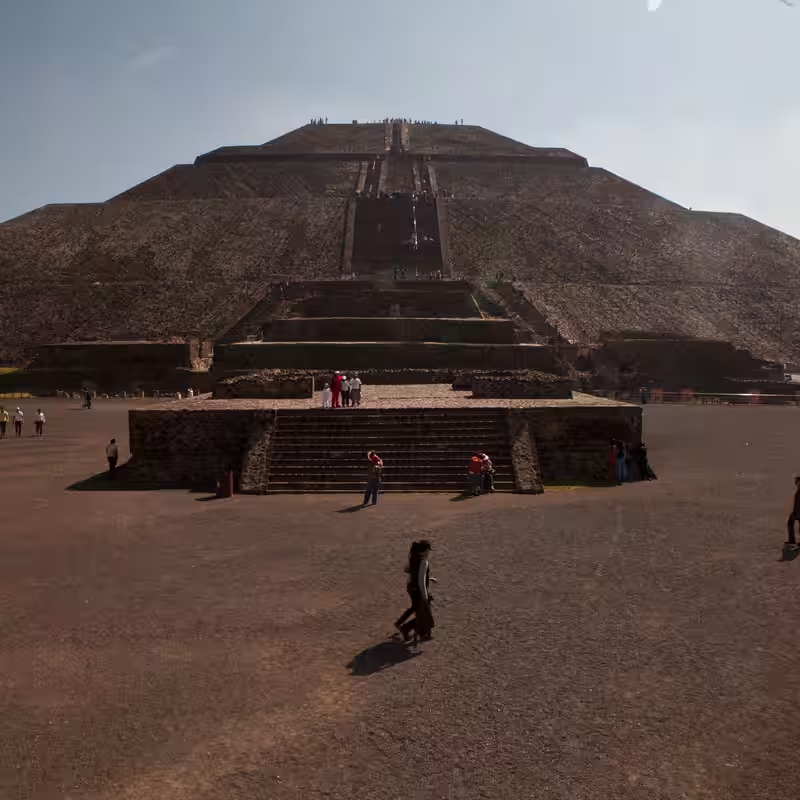Table of Contents
- The Ancient Mystery of Teotihuacan
- A Bold New Linguistic Approach
- Mixed Reactions from Experts
- What Lies Beneath the Ruins?
- Sources
The Ancient Mystery of Teotihuacan
For decades, archaeologists have stood in awe—and frustration—before the enigmatic glyphs of Teotihuacan, the sprawling pre-Aztec metropolis just outside modern-day Mexico City. At its peak around 500 A.D., this ancient city housed up to 125,000 people and featured monumental pyramids that later inspired reverence in the Aztecs. Yet despite its grandeur, one question has lingered: What do the Teotihuacan glyphs actually say?
Unlike the Maya or Aztec scripts, which scholars have largely deciphered, Teotihuacan’s writing system has resisted interpretation. Only around 300 short inscriptions have ever been found—far too few to apply traditional decipherment methods.
A Bold New Linguistic Approach
Enter Christophe Helmke of the University of Copenhagen and linguist Magnus Pharao Hansen. In a groundbreaking study published in Current Anthropology, the duo proposes a radical shift: instead of assuming the glyphs represent Nahuatl—the language of the later Aztecs—they argue the script reflects an older, reconstructed tongue: Proto-Uto-Aztecan.
Using comparative linguistics, Dr. Pharao Hansen traced word roots through descendant languages like Nahuatl, Cora, and Huichol to rebuild vocabulary and grammar from over 1,500 years ago. When applied to Teotihuacan’s symbols, several glyphs began to yield plausible readings.
“We have a reconstruction of the language that’s contemporary with the writing system,” Helmke explained. “And we have found a few fits—that’s the brilliant part.” The team claims confidence in at least 18 glyph interpretations, potentially unlocking new insights into Teotihuacan’s political, religious, or social life.
Why This Matters for Teotihuacan Glyphs
If validated, this theory could finally give voice to a civilization that left behind stunning murals and ceramics—but no Rosetta Stone. Understanding the language behind the glyphs might reveal who ruled the city, how it interacted with neighbors like the Maya, and why it collapsed by 750 A.D.
Mixed Reactions from Experts
Not everyone is convinced. Lyle Campbell, a respected linguist at the University of Hawaii at Manoa, called the proposal “far short of being convincing,” citing ambiguous symbol forms and speculative meanings.
David Stuart of the University of Texas at Austin offered cautious optimism: “This is an important contribution… but it’s a proposal that needs to be tested much further.” He emphasized Teotihuacan’s cosmopolitan nature—likely home to speakers of many Mesoamerican languages—which complicates any single-language decoding attempt.
Still, others see promise. Joyce Marcus of the University of Michigan noted that each new theory “attracts a generation of new linguists who bring their insights,” keeping the field alive despite limited data.
What Lies Beneath the Ruins?
Helmke and Pharao Hansen remain hopeful. “Less than 5 percent of the whole site has been excavated,” Helmke said, highlighting the potential for undiscovered texts on murals, pottery, or stone tablets.
With over 95% of Teotihuacan still buried, future digs could uncover the critical mass of inscriptions needed to confirm—or refute—their Proto-Uto-Aztecan hypothesis. As Pharao Hansen put it: “There’s a good possibility that others will be able to check whether our proposals hold water in the future.”




